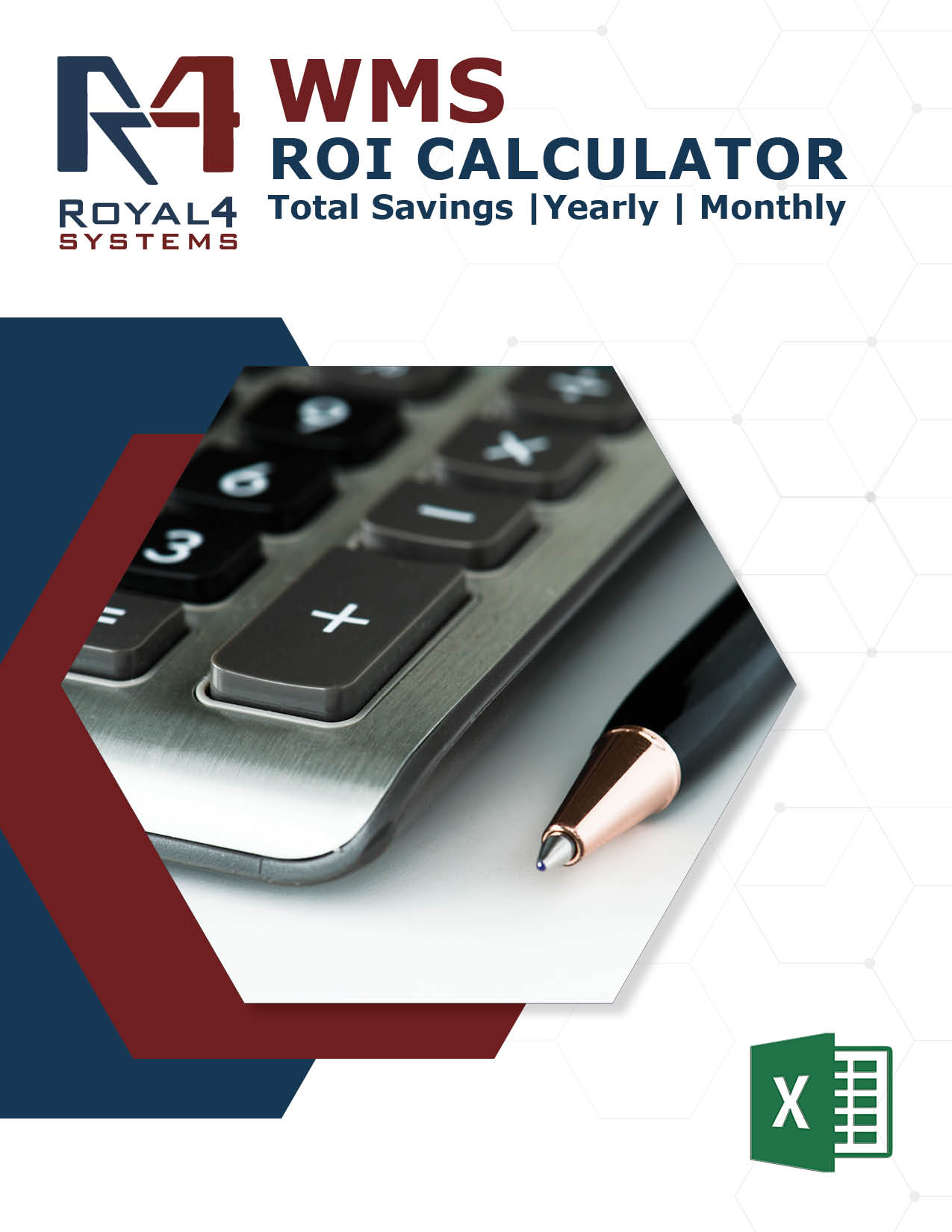
Manufacturing plays a vital role in producing and delivering goods to customers. When it comes to setting up manufacturing operations, businesses have the option to adopt either a decentralized or centralized approach. Decentralized manufacturing involves establishing multiple production facilities in different locations, while centralized manufacturing concentrates production in a single facility. Each method has its advantages and considerations. Differences between decentralized and centralized manufacturing and the factors businesses should consider when making this critical decision:
Decentralized Manufacturing
Decentralized manufacturing involves distributing production across multiple facilities in different regions or countries. Here are some key characteristics and benefits associated with decentralized manufacturing:
Proximity to Markets
Businesses can reduce transportation costs and lead times by setting up production facilities closer to target markets. This proximity allows for quicker responses to customer demands and market trends. It also enables businesses to cater to regional preferences and adapt to local regulations or cultural nuances. Additionally, by diversifying production locations, decentralization can help mitigate risks associated with supply chain disruptions or geopolitical uncertainties.
Flexibility and Scalability
Decentralized manufacturing offers flexibility and scalability, as production can be adjusted or expanded based on specific market needs. Each facility can focus on producing a clear product line or serving a particular customer segment, enabling specialization and customization. Moreover, decentralized manufacturing allows for easier replication of successful operations in new markets, facilitating business expansion and growth.
Risk Distribution
By spreading production across multiple facilities, businesses can reduce the risk of disruption caused by unforeseen events. For instance, if one facility encounters a production issue or faces a natural disaster, other facilities can continue operations, ensuring a steady supply of products. Decentralized manufacturing provides a buffer against risks, enhancing business resilience and continuity.
Centralized Manufacturing
Centralized manufacturing, on the other hand, concentrates production in a single facility. Here are some key characteristics and benefits associated with centralized manufacturing:
Economies of Scale
Centralized manufacturing enables businesses to take advantage of economies of scale. Consolidating production in a single facility often leads to lower production costs per unit. Bulk purchasing of raw materials, streamlined production processes, and efficient utilization of resources can result in cost savings. This cost advantage can be particularly significant for businesses with high-volume production requirements.
Standardization and Quality Control
A centralized manufacturing approach facilitates standardized production processes and quality control. Businesses can implement consistent production standards with a single facility, ensuring uniform product quality across all units. Centralized manufacturing allows for tighter control over production variables, making implementing and maintaining quality control measures easier.
Knowledge and Expertise Concentration
Centralized manufacturing encourages the concentration of knowledge and expertise in a single location. This concentration facilitates sharing best practices, collaboration among teams, and efficient utilization of specialized skills. It also simplifies training and development efforts, as expertise is centralized and disseminated more effectively.
Key Factors to Consider
When deciding between decentralized and centralized manufacturing, businesses should consider several key factors:
Market Dynamics
Assessing market dynamics is crucial. Understanding customer demands, regional variations, and market growth potential can help determine the optimal manufacturing strategy. Decentralized manufacturing may be more suitable if the market demands customized products or requires rapid response times. Centralized manufacturing might be a better fit for markets with stable demand and high-volume production requirements.
Supply Chain Considerations
Evaluating the supply chain is essential. Companies should consider factors like raw material availability, transportation costs, and supplier networks. Proximity to suppliers and ease of managing the supply chain should align with the chosen manufacturing approach. Decentralized manufacturing may require establishing multiple supplier relationships, while centralized manufacturing allows for consolidated procurement.
Cost Analysis
Conducting a comprehensive cost analysis is critical. Consider factors such as production, transportation, labor, and overhead expenses. Compare the cost implications of both approaches to determine the most cost-effective option for the business in the long run. Additionally, consider the potential impact on pricing and competitiveness when choosing between centralized and decentralized manufacturing.
Risk Management
Assessing risks is vital to make an informed decision. Evaluate the risks associated with each approach, such as supply chain disruptions, geopolitical uncertainties, and local market risks. Consider the potential impact of these risks on the business and determine which approach provides better risk mitigation and resilience.
Strategic Goals
Align the manufacturing strategy with the overall strategic goals of the business. Consider market expansion plans, customer segmentation, and competitive positioning. Evaluate how each approach contributes to achieving the long-term goals of the company.
The choice between decentralized and centralized manufacturing depends on various factors, including market dynamics, supply chain considerations, cost analysis, risk management, and strategic goals. There is no one-size-fits-all approach, and businesses must carefully evaluate these factors to make the right decision. The optimal manufacturing strategy will enable companies to enhance efficiency, achieve cost-effectiveness, meet customer demands, and maintain a competitive edge in their industry.
In addition to considering the factors mentioned above, businesses can leverage manufacturing software to support their decision-making process when choosing between decentralized and centralized manufacturing.
How manufacturing software can assist in both approaches:
Streamlined Operations
Manufacturing software provides a centralized platform to manage and streamline operations across multiple facilities or within a single facility. It enables businesses to automate and optimize processes, such as production scheduling, resource allocation, and material planning. This streamlines operations reduces manual effort, and enhances overall efficiency.
Data Visibility and Analytics
Manufacturing software offers real-time data visibility and analytics capabilities. It collects and consolidates data from various sources, allowing businesses to gain valuable insights into production performance, inventory levels, and supply chain activities. With accurate and up-to-date information at their fingertips, companies can make informed decisions, identify areas for improvement, and proactively address issues.
Inventory Management
Effective inventory management is crucial in both decentralized and centralized manufacturing. Manufacturing software provides inventory control functionalities, enabling businesses to track inventory levels, manage stock movements, and optimize replenishment processes. It helps prevent stockouts, reduce excess inventory, and minimize carrying costs, ensuring optimal inventory levels across all locations.
Supply Chain Collaboration
Manufacturing software facilitates seamless collaboration and communication within the supply chain. It enables businesses to integrate with suppliers, share production forecasts, and monitor supplier performance. This collaboration enhances visibility and transparency, streamlines procurement processes, and strengthens supplier relationships, regardless of whether the manufacturing approach is decentralized or centralized.
Quality Assurance and Compliance
Maintaining consistent product quality and meeting regulatory requirements is essential in manufacturing. Manufacturing software supports quality assurance efforts by enabling businesses to implement quality control measures, track quality metrics, and manage non-conformances. It helps ensure compliance with industry standards and regulatory guidelines, fostering customer satisfaction and brand reputation.
Performance Monitoring and Continuous Improvement
Manufacturing software provides tools for performance monitoring and continuous improvement. It captures data on key performance indicators (KPIs) such as production efficiency, machine downtime, and labor productivity. This data allows businesses to measure performance, identify bottlenecks, and implement corrective actions to optimize operations and drive ongoing improvement initiatives.
Traceability and Product Recall Management
In industries where traceability is crucial, such as food and pharmaceuticals, manufacturing software enables businesses to track and trace product movements throughout the supply chain. In the event of a product recall, the software facilitates swift and accurate identification of affected batches, streamlining the recall process and minimizing potential risks to customers and the business.
By leveraging the capabilities of manufacturing software, businesses can enhance operational efficiency, optimize resource utilization, improve inventory management, ensure product quality, and strengthen collaboration within the supply chain. Whether opting for decentralized or centralized manufacturing, the right manufacturing software solution can be pivotal in driving success and competitiveness in today’s rapidly evolving manufacturing landscape.
Request a Demo
Need more information?
Solutions






![image001[25]](https://www.royal4.com/wp-content/uploads/2023/11/image00125.png)